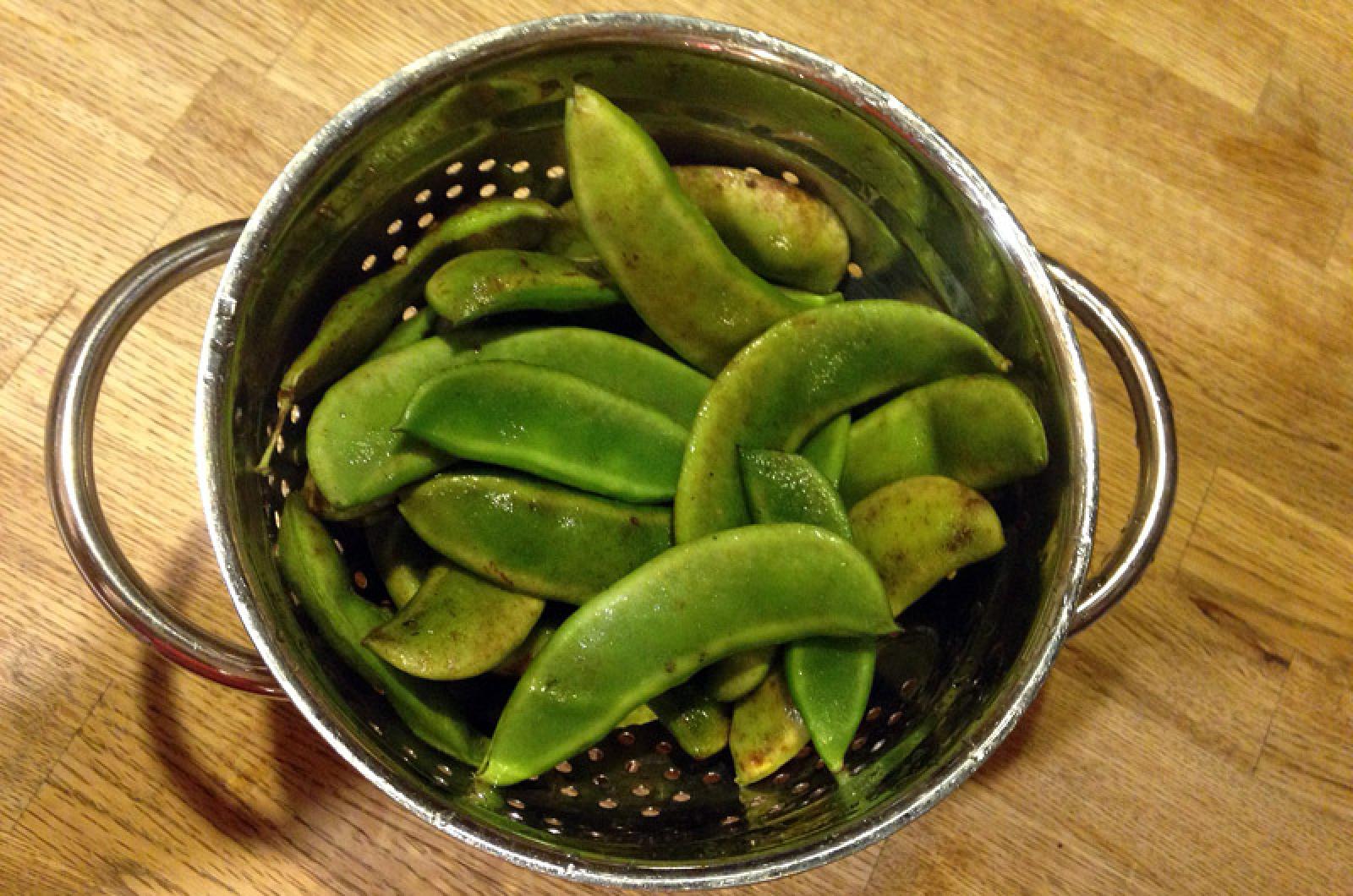A woman never forgets her first love or her first fresh lima bean.
While my memories of my early sweetheart have faded over the years, I have never forgotten the man who introduced me to fresh lima beans. His name was Mort Hughes and he was a farmer from South Jersey. Mort could grow anything, but perhaps his specialty (or at least my favorite) was lima beans. When he first showed up with a bushel of curved green pods, this suburban woman was confused, having never seen a lima bean in its pod. I had no idea what those pods held, since I had only ever experienced the starchy canned or frozen versions of this special bean.
But it was love at first taste. I would eat them as often as he would bring them, happily spending the afternoon shelling a bushel of Mort’s best beans. He was generous both of spirit and of produce.
Fresh lima beans are truly a horse of another color. Mort’s farm fresh lima beans are incomparable to the supermarket version. Get lima beans whenever you see them, as fresh ones in their pods are hard to come by.
Having found these peculiar pods recently at Morning Glory Farm, my memories of Mort and some very special years spent in South Jersey came flooding back. Though Mort passed away three years ago at age 92, his legacy of farming, food and lima bean love continues.
And in a peculiar coincidence, I write this on the day of the West Cape May (New Jersey) Lima Bean Festival, held in the county where Mort was born and raised. The town of West Cape May is known as the lima bean capital of the world, holding the world’s only lima bean festival every year in mid October.
This event, and the region’s affinity for lima beans, began as a result of a contract with Hanover Foods to grow the bean commercially. Though the contract was terminated, the community continues their festival and lima bean traditions. Folks young and old vie for the title of Lima Bean Queen and King and images of lima beans are sported on hats and T-shirts that read “Have you ever bean so happy?” and “Bean there, done that and Lima better person for it.”
Sounds like there is a road trip to South Jersey in my future next October.
What isn’t to love about the luscious lima bean? It has been called the world’s healthiest food, though it can have a dark and dangerous side. Lima beans are a good source of fiber, protein and minerals, especially molybdenum. But while there can’t be too much a good thing when it comes to lima beans, there can be too much of a raw thing.
Uncooked lima beans contain linamarin, a compound that becomes poisonous when it turns into hydrogen cyanide. In this country, only lima bean varieties with low levels of linamarin are grown. However, outside of the U.S., other more potentially toxic varieties are commonly cultivated. In Burma and Java, Indonesia lima beans can have up to 30 times the toxicity allowed in this country. To be safe no matter where you are, cook your beans well (in an uncovered pan) to allow the cyanide to off-gas.
Don’t let that dissuade you from eating nature’s most perfect bean. Their sweet, tender perfection lovingly nurtured by farmers like Mort and the Athearns make both a magnificent meal and, for me, momentous memories.
Suzan Bellincampi is director of the Felix Neck Wildlife Sanctuary in Edgartown, and author of Martha’s Vineyard: A Field Guide to Island Nature.




Comments (1)
Comments
Comment policy »